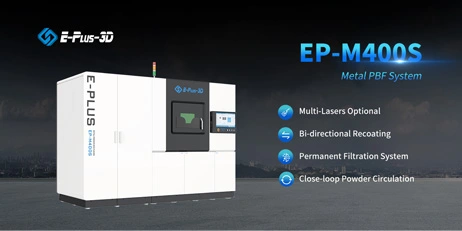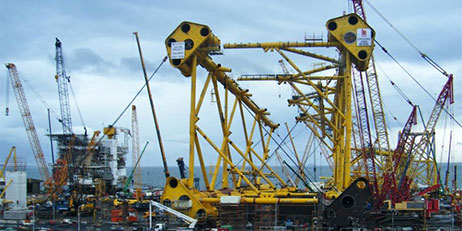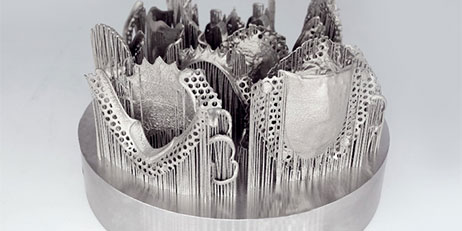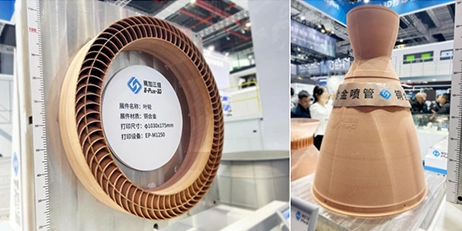With the rapid advancement of technology, 3D printing has demonstrated immense potential in the automotive manufacturing sector due to its unique advantages. Among them, metal 3D printing technology, especially the application of aluminum alloy, has become a significant force driving innovative development in the automotive industry.
In automotive manufacturing, aluminum alloy is widely used in crucial components such as engine parts, suspension systems, and body structures due to its lightweight, high strength, and excellent corrosion resistance. Through metal 3D printing technology, aluminum alloy components can be manufactured with greater precision, improving production efficiency while optimizing product performance and quality.
According to research, 3D printing technology can reduce material waste and energy consumption. In the past, the development of automotive components involved a significant workload and a cumbersome process. 3D printing technology has effectively shortened the product development process by approximately 40% and reduced costs by around 20% (Science and Technology, 2020). Otherwise, automotive lightweight is an effective approach to enhancing fuel efficiency and lowering vehicle carbon emissions. Honda successfully applied generative design and 3D printing technology in its crankshaft project, achieving a 50% weight reduction for the new crankshaft.
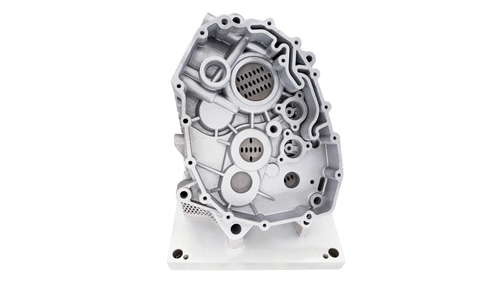
Gearbox
Advancements in technology and cost reductions are making metal 3D printing increasingly viable for automotive manufacturing. In the future, we can expect more automotive manufacturers to adopt this technology, driving innovative development in the automotive industry.
In conclusion, metal 3D printing technology, particularly the application of aluminum alloy, has revolutionized automotive manufacturing. With further technological advancements and expanded application scopes, metal 3D printing technology will play an even more crucial role in automotive manufacturing.
Reference:
Science and Technology. Application and Prospect Analysis of 3D Printing Technology in Automotive Design. 2020.



















